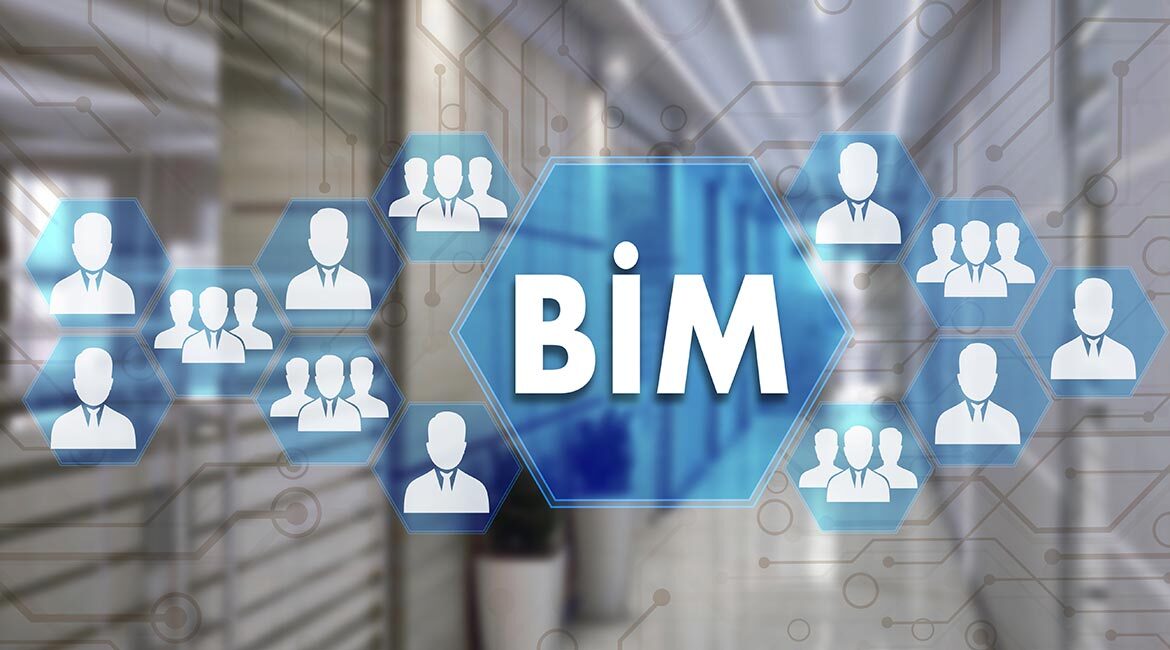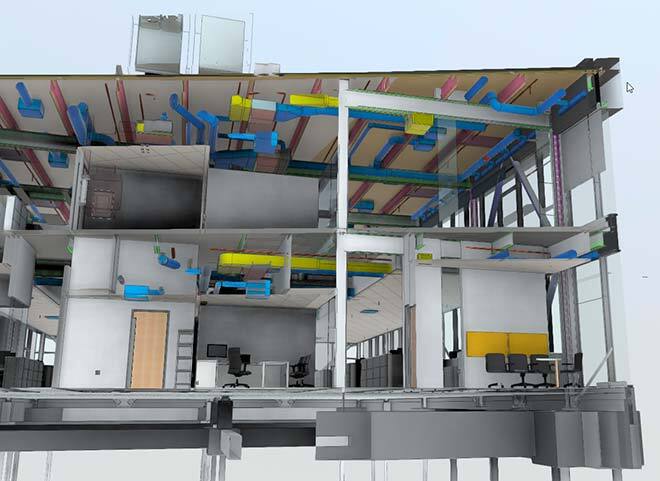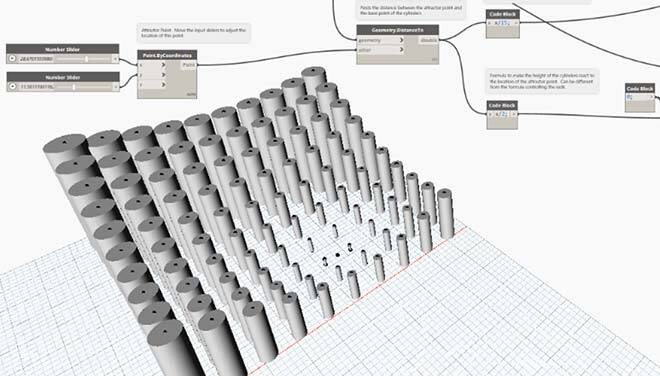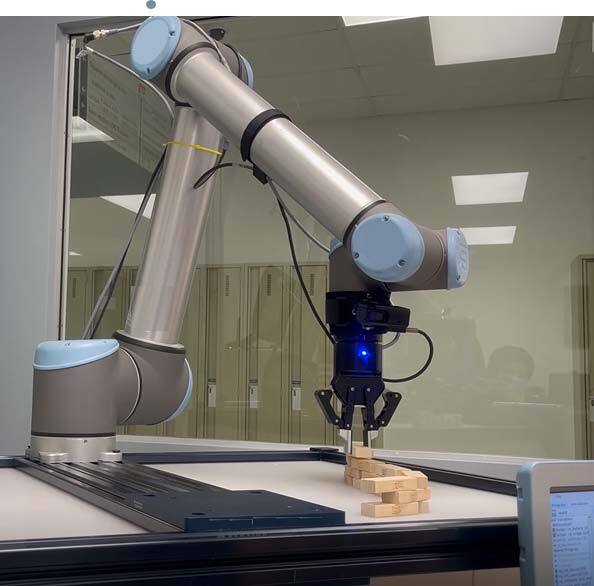BIM – A Much Needed Change in Construction

Purchased on Istock.com. Copyright.
In its Plan d’action pour le secteur de la construction, the Government of Quebec announced its intention to implement Building Information Modeling and to make it a requirement for public infrastructure projects as early as 2021. The rate of implementation is determined by a roadmap so that the community can anticipate the announced transformation. What is BIM and why does the government want to promote its use?
More than a Data Sharing Platform
According to ISO 19650-1, Building Information Modeling (BIM) is the shared digital representation of an asset to facilitate the design, construction and operation processes. BIM is more than a visualization technology, it is a methodology and a different way of organizing work.
The basis of BIM consists of models created by project designers. Unlike traditional technical drawings that represent objects in 2D, BIM gives a 3D view of the different building components or infrastructure and makes it possible to assign characteristics (materials, energy efficiency, structural properties, suppliers, etc.) to them. All project participants can work on the same platform, making it a tool for collaboration and communication of specific information in near-real time. Even clients can access the platform very early in the design phase and weigh in on the proposed project.

Building in a Virtual World
BIM’s main advantage is that it allows validating, before construction begins, that the project is buildable in the way it was planned and to adjust as needed. This avoids change orders on the job site—which means undoing and redoing and results in increasingly higher construction costs and schedule delays, impacting each subsequent stage of construction.
When used early in the project and in a collaborative context, with BIM one can quickly explore design possibilities and optimize the functional plan, energy performance, operation, and cost of a future building.

Specialized contractors have more accurate drawings (actually models) that allow them to know, for example, exactly where plumbing pipes or ventilation ducts will run. With this level of accuracy, they can prefabricate and preassemble more components and reduce the work done in the cold, the rain or perched on scaffolding. Increasing the part of Off-site construction will provide better working conditions, will help increase quality, shorten schedules and reduce the risk of accidents.
4D and More
BIM goes even further. The builder can design the entire construction site logistics, anticipate all the required equipment, plan excavation and excavated quantities, and simulate the different work stages. This is known as 4D because a time dimension is added. In the same way, costs (5D), energy simulations (6D) and assets management (7D) can be integrated into the models. BIM is a very powerful tool, and the model has the potential to serve as a basis for the digital twin of a building throughout its service life.
Construction 4.0
By incorporating BIM as a starting point, the construction industry has begun a true digital transformation – often referred to as “Construction 4.0.” Managing information flow in a project ecosystem or a real estate portfolio gives access to a large amount of data and makes possible the use of artificial intelligence to make processes more efficient. In addition, the construction industry is increasingly borrowing strategies from the manufacturing industry and automating parts of its production, notably in off-site construction and digital and robotic manufacturing. As a first step toward the digital transformation of construction, BIM encourages collaboration and promotes the adoption of other innovative strategies and technologies in a field that, until recently, was deemed conservative.

Want to learn more about BIM and digital construction innovations? ÉTS has one of the largest teams of BIM professors in Canada, researching the needs of the industry. ÉTS offers a short program and a DESS in BIM to meet the training needs of the construction industry, taking into account the busy schedules of professionals in the field. Indeed, the course schedule is designed to accommodate people who are already working full time. The goal is to train ambassadors for innovation and change agents for the construction industry!


